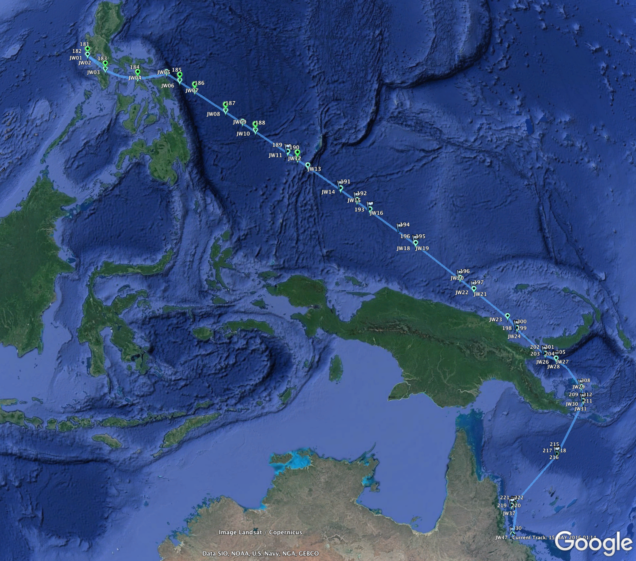Proxy system modeling: towards new and improved models and interpretation of paleoclimate proxies

Paleoclimate reconstructions are usually developed from paleoclimate archives in the inverse sense: that is the (modern) relationship between the proxy record and climate is inverted to reconstruct past climate from the proxy archive back through time. However, the validity of this approach is limited by uncertainties in the paleoclimate data and the proxy-climate calibration, which may be nonlinear, nonstationary, and nondeterministic. These problems may be addressed by modeling the proxy record in the forward sense: that is modeling the proxy record from the climate using a proxy system model (PSM) (Evans et al. 2013).
This ongoing project aims to:
- Build/improve proxy system models (PSMs), which describe the physical, chemical and biological processes by which climate variability is recorded in a paleoclimate archive (Evans et al. 2013), e.g.:
- δ18O in marine carbonates: corals (Thompson et al. 2011, Thompson et al. 2013) and coralline algae (Ng et al. 2016)
- Chronological uncertainty (Comboul et al. 2013)
These models have been incorporated into PRYSM, an open-source (python) proxy system modeling package (Dee et al. 2015)
2. Improve our understanding of the spatio-temporal relationship between δ18Osw and SSS, a key to reconstructing paleo-salinity from marine carbonate records (Conroy et al. 2017)
3. Identify potential targets for reconstructing past sea-surface temperature and salinity from marine carbonates
Collaborators
- Toby R. Ault, Cornell University
- Sylvia Dee, postdoctoral fellow, Brown University
- Jessica Conroy, University of Illinois at Urbana-Champaign
- Julien Emile-Geay, University of Southern California
- Michael N. Evans, University of Maryland
- Branwen Williams, Claremont Colleges